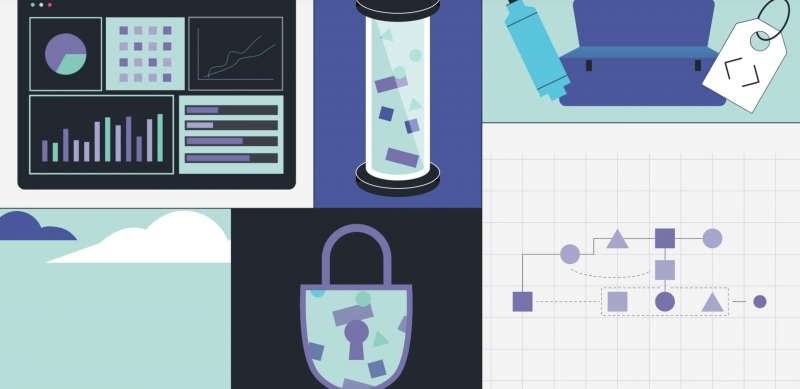We all know that the Defense Department (DOD) operates across land, sea, air and space. But there’s another domain for which it’s not always recognized: information.
DOD’s Data Strategy outlines principles, capabilities and goals for transforming the department into a data-centric organization.
Civilian agencies can learn a lot from DOOD in furthering their own digital transformation initiatives. That is, in becoming their own data warriors.
Let’s look at six best practices that can help other agencies achieve data dominance.
1. Eliminate complexities.
There are different ways that you can take complexity out of your operations. For example:
- You can simplify your infrastructure by automating processes, modernizing database systems and shifting workloads to the cloud.
- You can streamline data integration by using a multimodel platform that doesn’t require upfront data modeling.
- And you can ease data management by having a comprehensive view of your database environment.
2. Modernize to shift from “need to know” to “responsibility to provide.”
Agencies are riddled with data silos. It’s not that people are intentionally hoarding data. It’s just that when they create data stores, they don’t think about who could benefit from that data aside from their immediate team.
Enabling more people to access data and making that a standard expectation can improve the transparency and efficiency of operations.
But keep in mind that this requires having more fine-grained controls to manage who can access what – not only who can access a database but what they can access within that database.
3. Provide data trust and security.
At its core, all data must be secure and trusted, especially when it’s shared with the masses. For starters, that means ensuring your data is resilient and highly available. Two tools are key:
- ACID transactions ensure resiliency. ACID stands for atomicity, consistency, isolation, and durability. An ACID transaction ensures that each database transaction is complete and valid, even if a problem occurs, like a power failure.
- Encryption protects data in the database. So even if a hacker breaks into the network, the data can’t be read.
4. Ensure ethical use and storage of data.
Several tools help ensure that data is used only as it is intended to be used but a few stand out: metadata and anonymization.
Metadata, as the name suggests is data about the data. Metadata is stored with its associated data to make it easier to track and audit. It can track access to specific data and changes that were made.
Examples of anonymization techniques are redaction and masking. Personal identifiers are removed, or replaced with “fake” data, to protect privacy and to meet compliance requirements. Constituent data that’s shared with others should have anonymization applied to ensure the privacy of an individual’s information.
5. Design for compliance.
One way to ensure compliance is to embed governance throughout the data lifecycle. Above all, that means tracking data lineage.
Lineage is a record of the lifecycle of data, or how data has been processed from point A to point Z. Lineage is tracked in metadata. But data’s lineage can get lost, or at least blurry. Is the data in hand part of the original set? Or was it added from a different set later on? If two sets were combined, does one set need to follow a particular regulation but not the other?
The goal is to keep all your data and metadata together so you can govern it all in one place.
6. Use a modern, proven data platform.
Using a unified data platform geared toward complex data saves time and effort, helping you use data more efficiently than homegrown methods.
Using a unified data platform geared toward complex data saves time and effort, and helps data be used more efficiently than homegrown methods.
Civilian agencies can operationalize their data by adopting the DOD’s Data Strategy. The six best practices we covered today are a great way to get started.
This article is an excerpt from GovLoop Academy’s course, “6 Best Practices Civilian Agencies Can Apply from DoD’s Data Strategy,” created in partnership with MarkLogic. Access the full course here.






Leave a Reply
You must be logged in to post a comment.